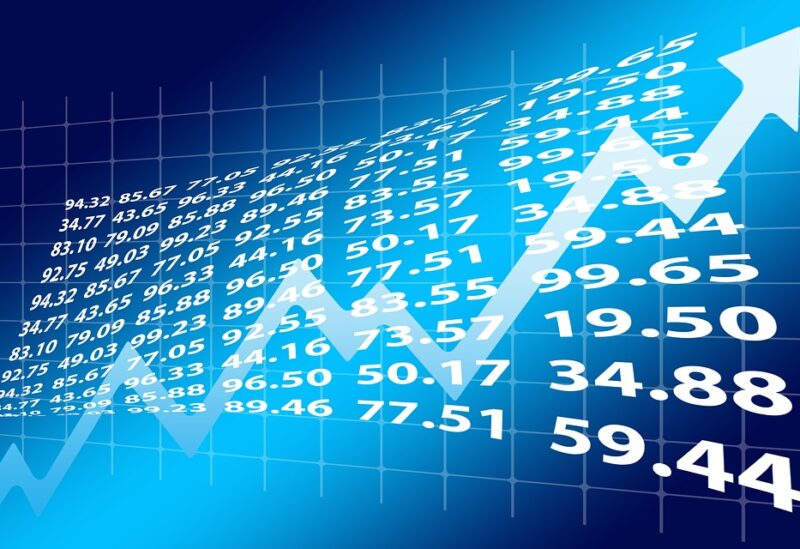
Surging yields, an accelerated rotation into cyclical stocks, and wild rides in the shares of GameStop kept investors on their toes in the first quarter of 2021, which brought WallStreetBets’ retail investors into the spotlight.
Here are some trends investors are positioning for in the second quarter, and how they could impact broader markets.
HIGHER YIELDS
The yield on the benchmark 10-year U.S. Treasury rose by about 80 basis points in the second quarter – its third-largest quarterly increase over the past decade – as investors sold bonds in anticipation of a U.S. economic recovery and higher inflation.
Many investors believe the move will continue – Goldman Sachs sees the yield at 1.9% by the end of 2021, while TD Securities expects yields to rise to 2%.
The move “is happening, we believe, for the right reasons,” said Gargi Pal Chaudhuri, head of iShares investment strategy, Americas at BlackRock.
Chaudhuri believes further upside in yields is unlikely to derail a rally that took the S&P 500 to a fresh record on Wednesday, as yields are rising from “very, very low levels.”
Others aren’t so sure. According to the most recent BofA Global Research fund manager survey, 43% of investors believe a 2-percentage-point drop in the 10-year could cause a stock selloff.
RESURGENT DOLLAR
The dollar has risen to its highest level in nearly 17 months as a result of rising yields, and some investors are preparing for more dollar strength ahead: net bets on a weaker dollar in futures markets stood at $10.3 billion, around a third of their mid-January value, according to the latest CFTC data.
The latest commodity boom, which has driven up prices for anything from oil to copper and iron ore, could be harmed by a strengthening dollar.
MORE VALUE
Expectations of a U.S. economic revival have boosted the so-called reopening trade in recent months, fueling rallies in the shares of banks, energy companies and other areas that have for years lagged behind growth and technology stocks.
The Russell 1000 value index rose 11% in the first quarter against its growth counterpart’s gain of 1%, continuing a trend that started at the end of 2020.
In a recent note, Mark Haefele, chief investment officer at UBS Global Wealth Management, said, “If a new paradigm emerges, consisting of sustainably higher nominal growth and higher yields, the value exchange could run for years.”
Hiccups in the U.S. reopening effort, however, could reinvigorate the appeal of tech, sending investors back to the stocks that have led markets higher for years.
LOWER VOLATILITY
The quarter also marked a much-awaited drop in investors’ expectations for stock market gyrations. The Cboe Volatility Index – known as Wall Street’s fear gauge – recently traded just below 20, down from a near-record of 85.47 a year ago.
The decline reflects investors’ expectations that the recent gains in stocks are likely to stick, said Brian Overby, senior options analyst at Ally Invest.
The index remains above its long-term median of 17.5, likely a result of some investors hedging their stock positions using S&P index options, Overby said.
INFLATION
Despite the fact that inflation has remained steadily below the Federal Reserve’s 2% target over the last decade, trillions of dollars in government spending have reignited talk of its return.
One index of inflation, which looks at the predicted average rate over the next five years, is at 2.16 percent, the highest level since December 2018.
Meanwhile, according to the latest survey by BofA Global Research, the market’s greatest “tail danger” is an increase in inflation, which could weigh on the dollar and erode demand for longer-dated bonds.